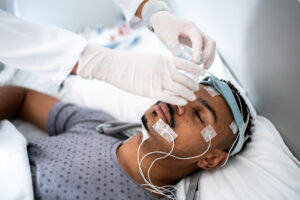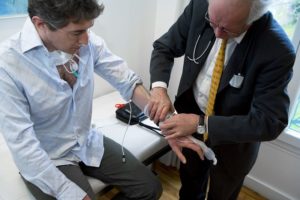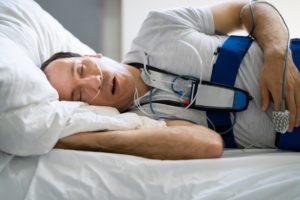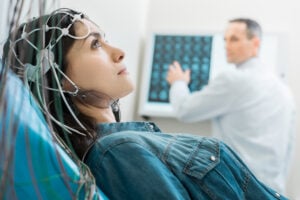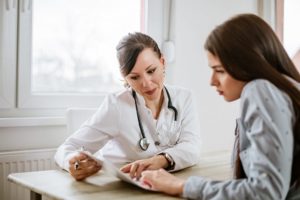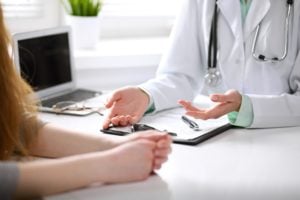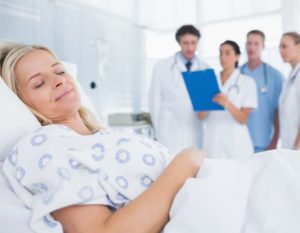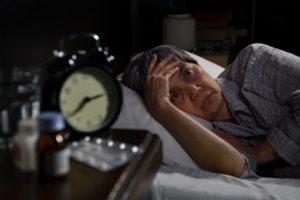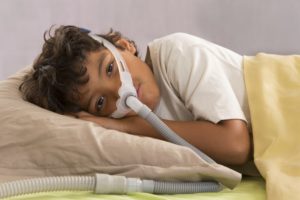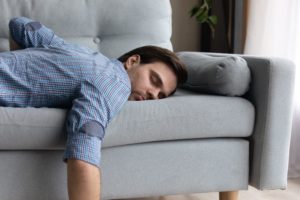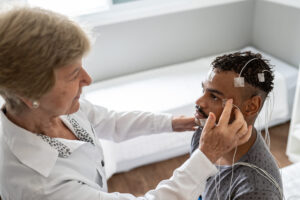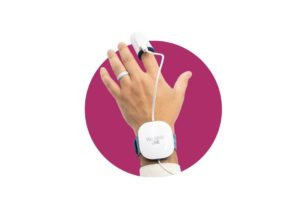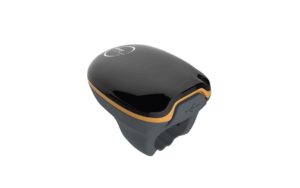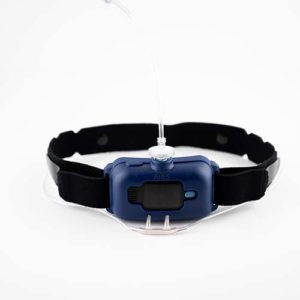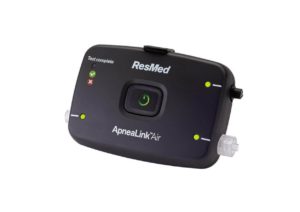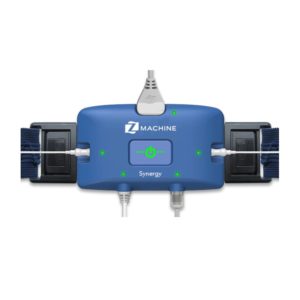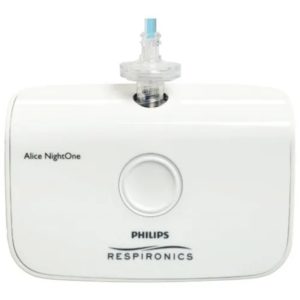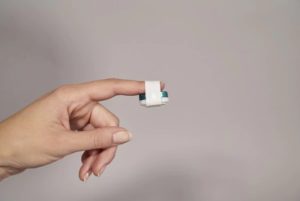When you buy through our links, we may earn a commission. Products or services may be offered by an affiliated entity. Learn more.
Multiple Sleep Latency Test MSLT
Excessive daytime sleepiness is characterized by a strong urge to sleep during the daytime, which can make it difficult to stay alert as you work and go about your daily activities. If you experience excessive daytime sleepiness, your doctor might recommend you undergo sleep-related testing.
Sleep specialists commonly administer the Multiple Sleep Latency Test (MSLT) to measure daytime sleepiness. We discuss what the MSLT diagnoses, who might take this test, how to prepare for it, what to expect during testing, and how to understand the results.
Our Recommended At-Home Sleep Apnea Test

our partner at sleepdoctor.com
45% off a Home Sleep Test
Shop Now“Truly grateful for this home sleep test. Fair pricing and improved my sleep!”
Dawn G. – Verified Tester
What Is the Multiple Sleep Latency Test (MSLT)?
Doctors use the Multiple Sleep Latency Test (MSLT) to evaluate excessive daytime sleepiness and potential underlying sleep disorders. People undergo an MSLT during daytime hours, usually the day after an overnight sleep study conducted in a sleep center or hospital. The MSLT measures how long it takes a person to fall asleep and what sleep stages they experience across multiple short daytime nap opportunities.
What Is the MSLT Used to Diagnose?
Sleep specialists primarily use the MSLT to diagnose narcolepsy and hypersomnia , two sleep disorders marked by excessive daytime sleepiness and sometimes oversleeping.
Excessive daytime sleepiness may also accompany insomnia, obstructive sleep apnea (OSA), periodic limb movement disorder, and circadian rhythm disorders. Additionally, excessive daytime sleepiness is a common symptom of neurological disorders , such as Parkinson’s disease, epilepsy, and multiple sclerosis. However, the MSLT is not typically used to diagnose these conditions.
Who Is an MSLT Best for?
The MSLT may be appropriate for people experiencing excessive daytime sleepiness due to several reasons.
There is a distinction between excessive daytime sleepiness and fatigue. Excessive daytime sleepiness manifests as trouble staying awake or alert during the day. If you find yourself nodding off unintentionally on a regular basis for months, you likely have excessive daytime sleepiness. By contrast, if you feel tired but do not necessarily have trouble staying awake, you may have fatigue rather than excessive daytime sleepiness.
Before ordering an MSLT, a doctor might estimate the severity of your sleepiness using the Epworth Sleepiness Scale (ESS). The Epworth Sleepiness Scale asks you to rate how likely you are to fall asleep in certain situations, such as while sitting and reading or while riding in a car for an hour. Your score on this questionnaire can help determine if the MSLT is appropriate for you and your symptoms.
How Do I Prepare for an MSLT?
Your lifestyle in the weeks prior to an MSLT can affect test results. For example, how much you sleep each night, whether or not you take drugs or medications, and how active you are impacts how quickly you might fall asleep during an MSLT. For this reason, doctors ask people to maintain a steady sleep routine leading up to the MSLT. It is important to follow your doctor’s instructions carefully and let them know about any changes to your routine.
One to two weeks before taking the MLST, your doctor might ask you to start recording your sleep times in a sleep diary, or wear a device called an actigraph to monitor your sleep-wake activity. If you are taking certain medications or supplements, they might ask you to stop taking them temporarily.
The MSLT Process
Generally, an MSLT takes place the day after an overnight sleep study called polysomnography . The sleep study can uncover potential causes of excessive sleepiness, as well as provide context for MSLT results. So, the first step of the MSLT process is traveling to a sleep center and spending the night for a sleep study.
During the sleep study, you are hooked up to various monitoring devices, including electrodes attached to your face and scalp, and sensors on your chest. The study tracks your airflow and breathing rate, your blood oxygen levels and heart rate, your body position and movements, your brain waves, and your eye movements while you sleep. A technician monitors you throughout the night, and your sleep might also be recorded on video.
Your MSLT begins about two hours after the sleep study. Before starting the MSLT, you might be asked to take a urine drug test and fill out a questionnaire about how well you slept in the sleep lab.
The MSLT involves a series of naps and breaks. Usually, people are given the opportunity to take four or five short naps, broken up by breaks of two hours. You are generally allowed to leave the sleep laboratory and obtain food during your breaks, but you must stay awake and avoid caffeine. You should also avoid stimulating activities such as smoking and vigorous exercise before each nap.
During the MSLT nap periods, you lie down in a bed in a dark, quiet room like you did during the sleep study. You are also monitored similarly to how you were monitored overnight, using sensors to measure your brain activity and eye movements. Before each nap, the technician carries out tests to make sure the sensors are working. Then, they turn off the lights and ask you to close your eyes and try to fall asleep.
Throughout both the overnight sleep study and the MSLT, you can communicate with technicians if you have any concerns or need help with anything. The staff may stay outside the room during the MLST, but if you speak aloud, they can hear you and respond through a two-way speaker.
Understanding MSLT Results
MSLT results provide information on sleep latency , or the time it takes you to fall asleep after the technician turns the lights off. Results also contain measurements of your brain waves and eye movements, allowing technicians to interpret which sleep stages you experienced during your naps.
If you fall asleep, you are permitted to sleep for 15 minutes to see if you enter rapid eye movement (REM) sleep. By contrast, if you are still awake after 20 minutes, the nap opportunity is stopped and technicians record 20 minutes as the time it took you to fall asleep.
Normally, the REM sleep stage first occurs after about 90 minutes of sleep. REM sleep experienced shortly after a person falls asleep is called a sleep-onset REM period (SOREMP) .
Two of the primary criteria for narcolepsy include an average sleep latency of less than eight minutes across MSLT naps, plus the occurrence of at least two SOREMPs during the nap periods.
Similarly, to receive an idiopathic hypersomnia diagnosis, a sleeper must have an average sleep latency of less than eight minutes. However, unlike with narcolepsy, people with idiopathic hypersomnia exhibit less than two SOREMPs during the MSLT, or no more SOREMPs if they were already quick to enter REM sleep during the overnight sleep study.
MSLT results need to be interpreted and explained by a professional. During follow-up appointments with your sleep specialist or doctor, you will learn your diagnosis, if any, and what next steps or treatments they suggest.
When to Talk to Your Doctor
If you have trouble staying awake during the daytime, talk to your doctor. Your doctor can ask relevant questions and order an MSLT or other tests to determine if you might have narcolepsy, hypersomnia, or another condition that causes excessive daytime sleepiness.

Still have questions? Ask our community!
Join our Sleep Care Community — a trusted hub of sleep health professionals, product specialists, and people just like you. Whether you need expert sleep advice for your insomnia or you’re searching for the perfect mattress, we’ve got you covered. Get personalized guidance from the experts who know sleep best.
References
12 Sources
-
Brown, J., & Makker, H. K. (2020). An approach to excessive daytime sleepiness in adults. BMJ (Clinical Research Edition), 368, m1047.
https://pubmed.ncbi.nlm.nih.gov/32220833/ -
Ersu, R., & Proulx, F. (2020). Multiple sleep latency test. American Journal of Respiratory and Critical Care Medicine, 201(5), P9–P10.
https://pubmed.ncbi.nlm.nih.gov/32108527/ -
Schwab, R. J. (2020, June). Idiopathic hypersomnia. Merck Manual Professional Version., Retrieved August 31, 2021, from
https://www.merckmanuals.com/professional/neurologic-disorders/sleep-and-wakefulness-disorders/idiopathic-hypersomnia -
Maestri, M., Romigi, A., Schirru, A., Fabbrini, M., Gori, S., Bonuccelli, U., & Bonanni, E. (2020). Excessive daytime sleepiness and fatigue in neurological disorders. Sleep & Breathing = Schlaf & Atmung, 24(2), 413–424.
https://pubmed.ncbi.nlm.nih.gov/31444679/ -
Littner, M. R., Kushida, C., Wise, M., Davila, D. G., Morgenthaler, T., Lee-Chiong, T., Hirshkowitz, M., Daniel, L. L., Bailey, D., Berry, R. B., Kapen, S., Kramer, M., & Standards of Practice Committee of the American Academy of Sleep Medicine (2005). Practice parameters for clinical use of the multiple sleep latency test and the maintenance of wakefulness test. Sleep, 28(1), 113–121.
https://pubmed.ncbi.nlm.nih.gov/15700727/ -
Merck Manual Consumer Version. Epworth sleepiness scale., Retrieved August 31, 2021, from
https://www.merckmanuals.com/medical-calculators/EpworthSleepScale.htm -
Arand, D. L., & Bonnet, M. H. (2019). The multiple sleep latency test. Handbook of Clinical Neurology, 160, 393–403.
https://pubmed.ncbi.nlm.nih.gov/31277864/ -
A.D.A.M. Medical Encyclopedia. (2020, January 29). Polysomnography. MedlinePlus., Retrieved August 31, 2021, from
https://medlineplus.gov/ency/article/003932.htm -
Shrivastava, D., Jung, S., Saadat, M., Sirohi, R., & Crewson, K. (2014). How to interpret the results of a sleep study. Journal of Community Hospital Internal Medicine Perspectives, 4(5), 24983.
https://pubmed.ncbi.nlm.nih.gov/25432643/ -
Schwab, R. J. (2020, June). Merck Manual Consumer Version: Overview of Sleep., Retrieved August 31, 2021, from
https://www.merckmanuals.com/home/brain,-spinal-cord,-and-nerve-disorders/sleep-disorders/overview-of-sleep -
Dietmann, A., Gallino, C., Wenz, E., Mathis, J., & Bassetti, C. L. (2021). Multiple sleep latency test and polysomnography in patients with central disorders of hypersomnolence. Sleep Medicine, 79, 6–10.
https://pubmed.ncbi.nlm.nih.gov/33453460/ -
American Academy of Sleep Medicine. (2014). International Classification of Sleep Disorders – Third Edition (ICSD-3). Darien, IL.




